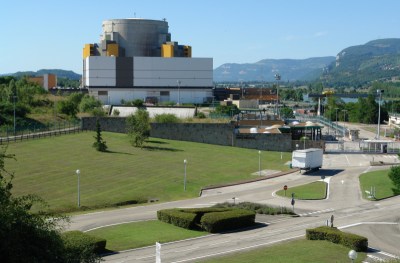It is hard to imagine that much we built today will be used ten years from now, much less in a hundred. It is hard to make things that last through the ages, which is why we are fascinated with things like ancient pyramids in Mexico, Egypt, and China. However, even the oldest Egyptian pyramid is only about 5,000 years old. [Mark Piesing] at the BBC visited a site that is supposed to lock up nuclear waste for 100,000 years.
This particular project is in France, but there are apparently dozens of similar projects around the world. Locating these nuclear tombs is tricky. They need to be in a geologically stable area that won’t contaminate water. They also prefer areas already depleted of resources to lessen the chance someone will be digging nearby in the far future. You also need people to agree to have these facilities in their communities, which is probably the most difficult thing to find.














